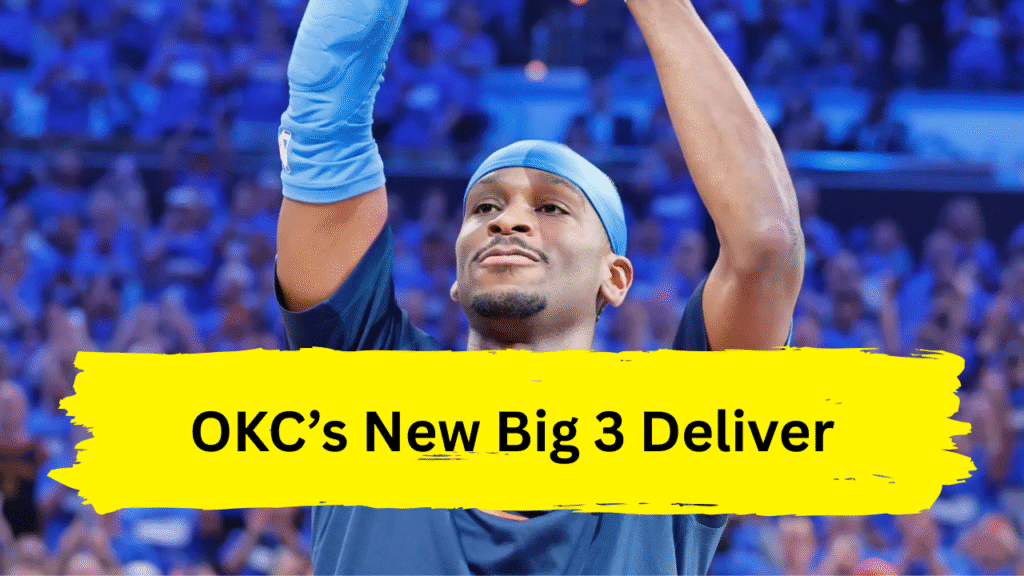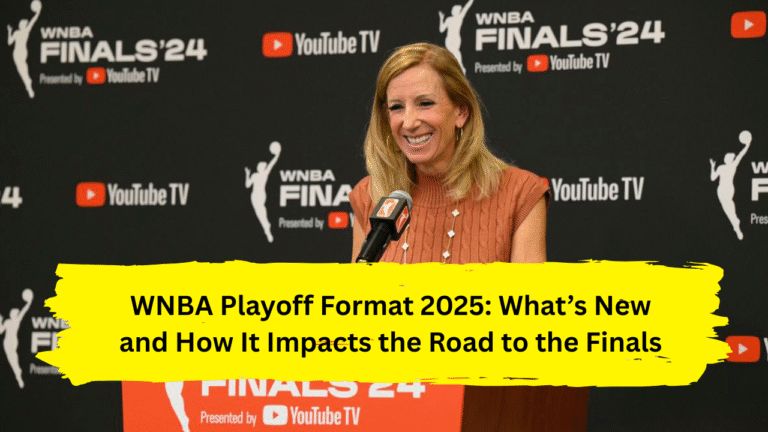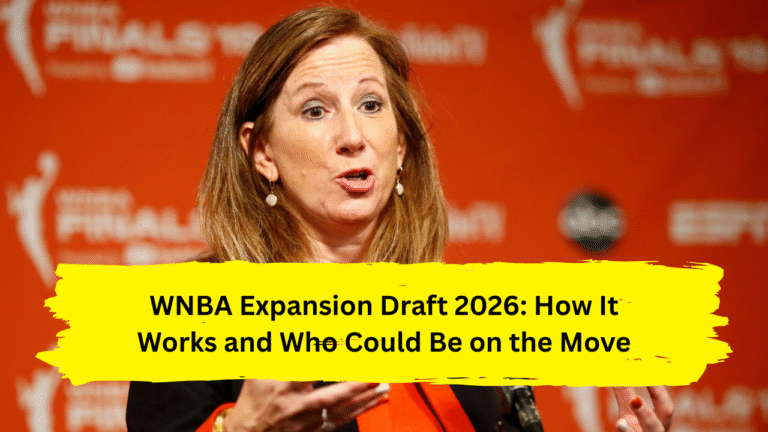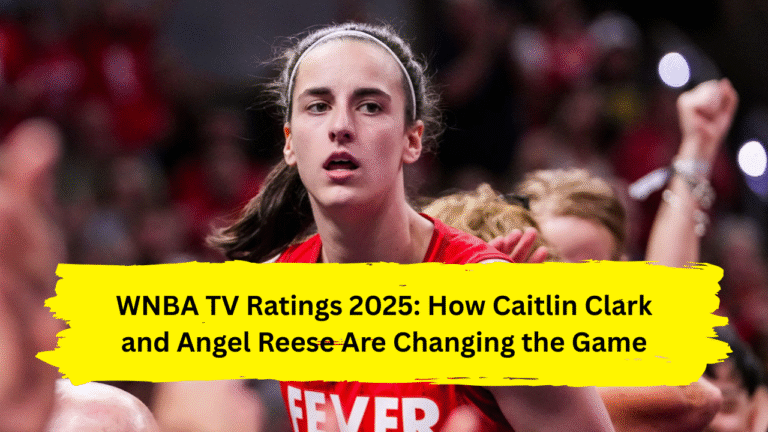
The roar inside Paycom Center wasn’t just noise—it was catharsis. As the final seconds bled from the clock in Game 5 of the Western Conference Finals, Oklahoma City Thunder fans unleashed 13 years of longing, heartbreak, and meticulous rebuilding into a single seismic wave of sound. Their team had just eviscerated the Minnesota Timberwolves 124-94, securing a return to the NBA Finals for the first time since 2012 . At the center of the storm stood Shai Gilgeous-Alexander, the newly crowned MVP, whose 34-point masterpiece wasn’t merely a performance—it was the coronation of a new era, built on the ashes of the old and engineered to last .
The Ghosts of 2012: A Dynasty That Never Was
The weight of history hung thick in the Oklahoma air. The last time the Thunder reached this stage, the narrative revolved around a different “Big 3”: Kevin Durant, Russell Westbrook, and James Harden. That 2011-12 squad, forged in youth and audacity, stormed through the West with a 47-19 record, sweeping the defending champion Mavericks and toppling the Lakers and Spurs with breathtaking athleticism . Durant, already a scoring champion, averaged 29.5 points in the conference finals. Westbrook’s ferocity and Harden’s sixth-man brilliance hinted at a decade of dominance . Yet, facing LeBron James’ Miami Heat, the dream crumbled in five games. Within months, financial constraints fractured the core, as Harden was traded to Houston—a decision that haunts “what-if” conversations to this day . The Thunder remained competitive, but the Finals became a distant memory, a relic of potential unfulfilled.
The Rebuild: Patience, Precision, and a New Trinity
General Manager Sam Presti, the architect of both eras, embarked on a rebuild defined by unprecedented patience. While other franchises chased quick fixes, OKC stockpiled draft picks and prioritized development. The 2022 selection of Chet Holmgren, a 7-foot-1 unicorn with guard skills and rim-protecting instincts, signaled the next phase. Pairing him with 2023 Rookie of the Year runner-up Jalen Williams—a versatile wing with preternatural poise—created the perfect complement to Shai Gilgeous-Alexander, the quiet assassin acquired in the Paul George trade .
This new Big 3 isn’t just talented; their synergy defies their youth. SGA (26), Williams (24), and Holmgren (23) form a seamless, two-way engine. Unlike the sometimes-isolation-heavy play of the Durant-Westbrook era, this trio thrives on interconnected brilliance:
- Gilgeous-Alexander is the maestro, dissecting defenses with surgical dribble drives, elite mid-range touch, and an uncanny ability to draw multiple defenders before spraying passes to open shooters .
- Williams embodies clutch, capable of erupting for 14-point quarters (as in Game 4) or locking down elite scorers with his length and anticipation .
- Holmgren is the defensive anchor and spacing catalyst, stretching the floor with three-point range while swatting shots into the stands—his presence allows OKC’s swarming perimeter defense to take risks .
Their dominance isn’t theoretical. In the closeout Game 5 against Minnesota, they combined for 75 points, 22 rebounds, and 12 assists, utterly overwhelming the Wolves’ star duo . In the pivotal Game 4 comeback win, they dropped a staggering 95 points collectively, answering every Timberwolves surge with icy composure . “We still have so much more room to grow, which is scary,” SGA acknowledged, hinting at the terrifying upside still untapped .
The Machine: Why This Thunder Team is Built Differently
The 2025 Thunder aren’t just leaning on star power; they are a meticulously crafted machine. Coach Mark Daigneault has instilled a system where elite talent serves selfless execution:
- Historically Elite Defense: OKC smothered Minnesota into submission, forcing 21 turnovers in Game 5 alone and converting them into 33 points. Their switchable, long-armed defenders (Lu Dort, Alex Caruso) swarm ball handlers, funneling drives into Holmgren’s waiting arms . They held the Wolves to a pathetic 41.2% shooting in the clincher and stifled Anthony Edwards throughout the series .
- Sustainable Roster Construction: Unlike the 2012 team, fractured by financial pressures, this core is built for longevity. Key contributors like Wallace and Caruso are on team-friendly deals, while the Big 3’s ages align perfectly for a multi-year window. Presti learned from the Harden trade, prioritizing financial flexibility and depth alongside star power .
- Regular Season Validation: Their league-best 68-14 record wasn’t a fluke. It was a testament to consistency and systemic dominance, a stark contrast to the 47-win 2012 squad that finished second in the West .
The Final Hurdle: Why Vegas Believes (and History Hints)
As confetti rained down in Oklahoma City, the Thunder weren’t celebrating a conference title; they were eyeing the Larry O’Brien Trophy. Sportsbooks immediately installed them as overwhelming -575 favorites to win the NBA Finals . This confidence stems from tangible advantages:
- Matchup Proof: They swept both potential East opponents (Knicks, Pacers) in the regular season, winning by an average of 13.5 points per game against Indiana .
- Home Court Dominance: Paycom Center became a fortress, where their defensive intensity reaches deafening levels .
- The SGA Factor: In Gilgeous-Alexander, they possess the best player in any potential Finals series—a cold-blooded closer who elevates his game when stakes peak .
Perhaps the most compelling omen lies in historical symmetry. ESPN research notes the Thunder joined the 2008 Celtics and 1987 Lakers as the only teams with multiple 30-point series-clinching wins in a single postseason. Both those teams won the championship .
The Legacy Reforged
From the ashes of the Durant-Westbrook-Harden era, a new dynasty is rising. The parallels are poetic: a homegrown core, drafted and developed with visionary patience, reaching the Finals ahead of schedule. Yet these Thunder feel different—deeper, more versatile, and engineered to withstand the pressures that fractured their predecessors. SGA, Williams, and Holmgren aren’t just ending a 13-year drought; they’re bridging eras, carrying the torch lit by the giants who came before them while forging a legacy entirely their own. As they await their Eastern challenger, one truth resonates: Oklahoma City’s long wait for a championship may finally be over. The new Big 3 isn’t just built for this moment; they’re built to own it .




